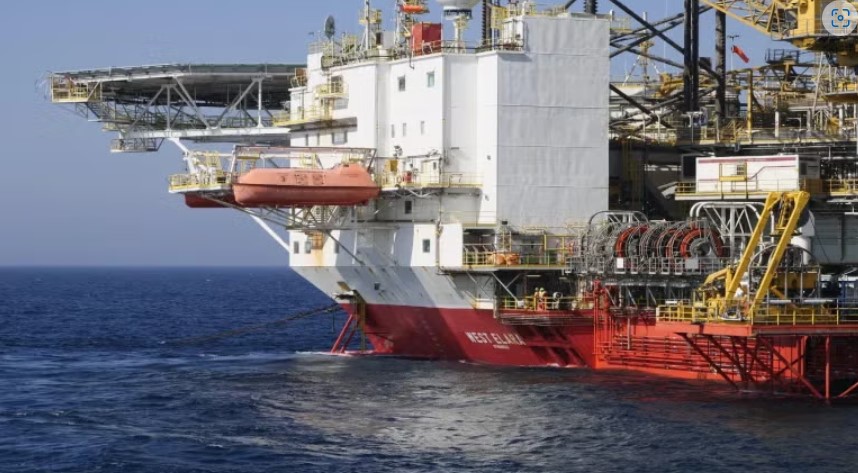
Australian energy company Santos has delayed key decisions regarding the Dorado Phase 1 liquids development project, located offshore Western Australia. This decision defers the final investment decision (FID) that was initially scheduled for 2025.
Project Status and Joint Venture Reevaluation
Santos, which holds an 80% operating stake in the Dorado joint venture, has decided not to proceed with acquiring a floating production storage and offloading (FPSO) vessel or advancing into the front-end engineering and design (FEED) phase. The Dorado joint venture also includes Carnarvon Energy (10%) and CPC’s subsidiary OPIC Australia (10%).
The project, which has been under development for several years, is now being reevaluated. As the joint venture partners assess the project timeline, Carnarvon Energy has indicated that updates will follow as the reassessment progresses.
Development Background and Future Plans
The Dorado project, a significant oil and gas development in Western Australia, is undergoing strategic optimizations to enhance its economic viability. Initially planned as a two-phase integrated project, the joint venture, including Santos and Carnarvon Energy, now focuses on reducing upfront capital expenditure (CAPEX). Therefore, they are phasing well development and downsizing facilities.
In 2021, Santos awarded a FEED contract to Sapura Energy for the wellhead platform (WHP). This platform, designed for remote operation, aimed to host development and gas reinjection wells. However, Carnarvon Energy announced in July 2024 that they are optimizing project economics. Furthermore, they are exploring redeploying existing FPSO vessels. This action aims to cut costs and accelerate the time to first oil. Consequently, the overall CAPEX is now projected to be lower than the initial $2 billion estimate.
Despite the delays, Carnarvon Energy maintains confidence in the Dorado project’s potential. Moreover, they possess a strong balance sheet to support their share of development costs. CEO Philip Huizenga expressed disappointment over the delay. However, he reaffirmed the company’s commitment to future drilling and initiatives. SuperMetalPrice reports that these adjustments are crucial for ensuring the project’s long-term success.


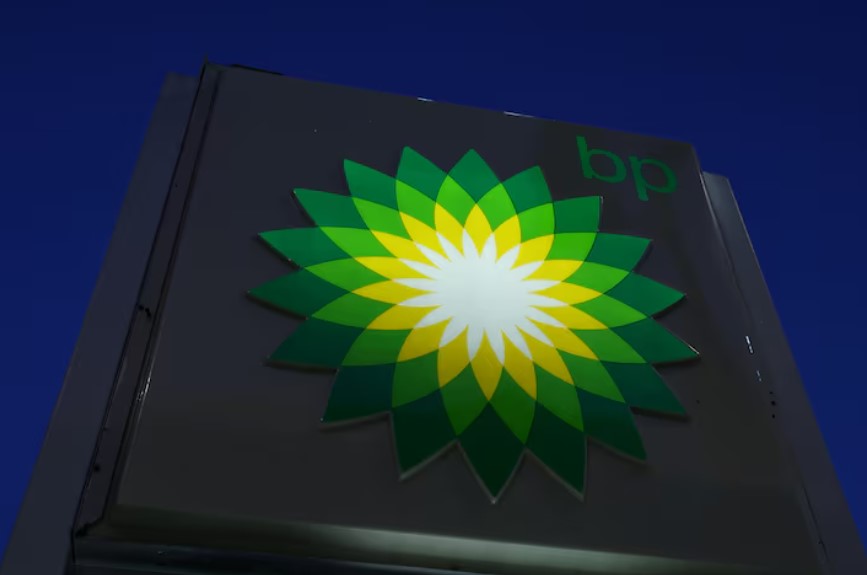


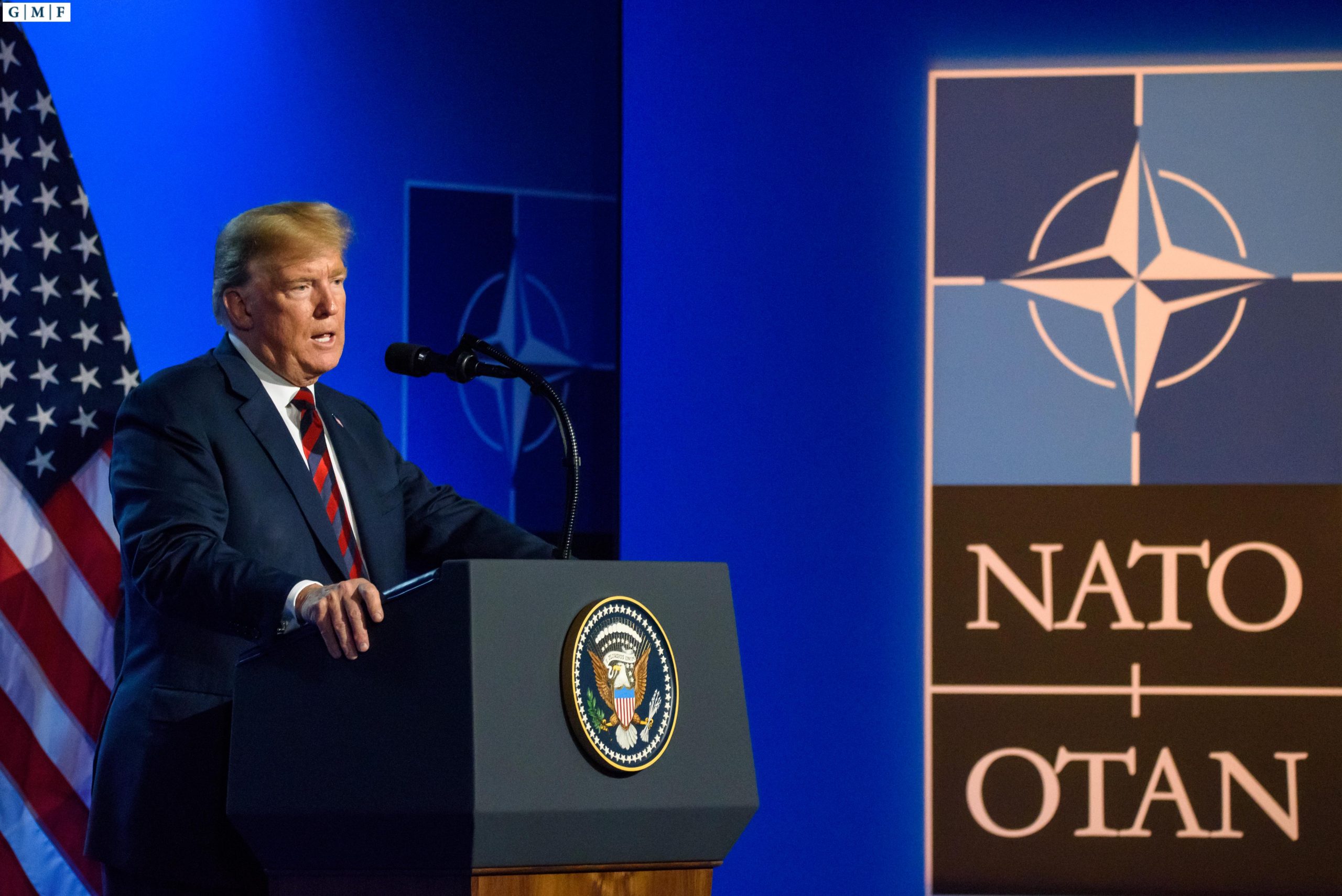

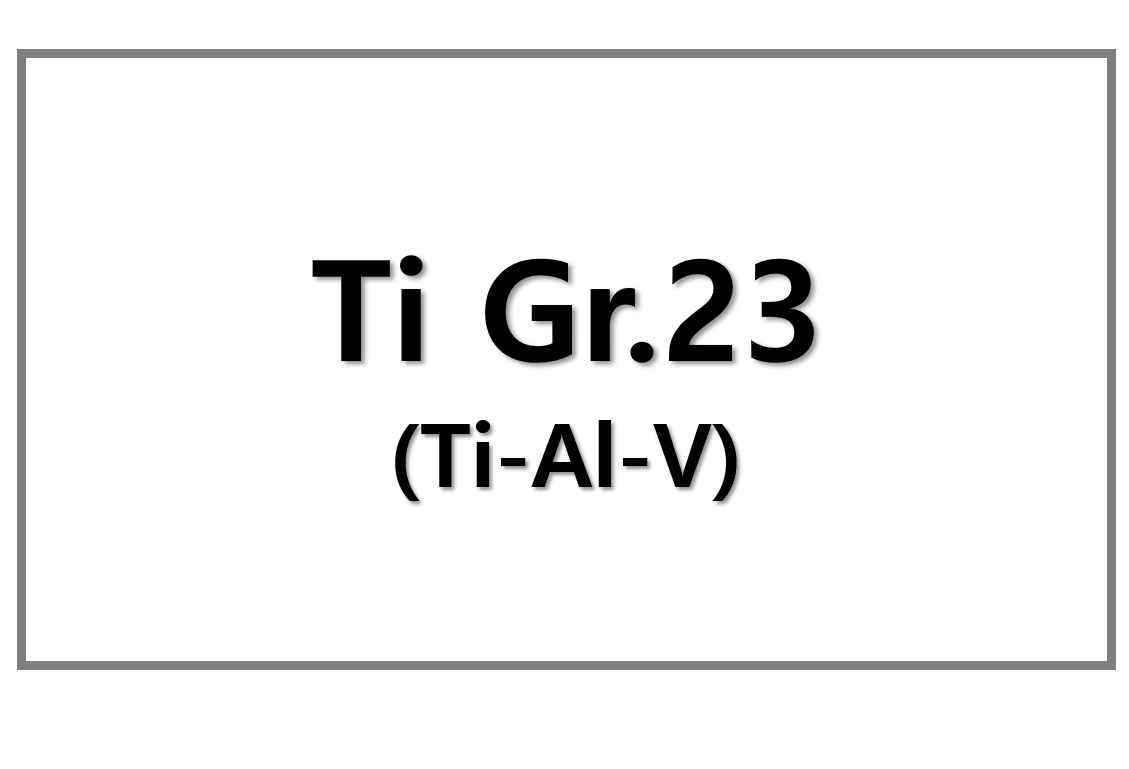
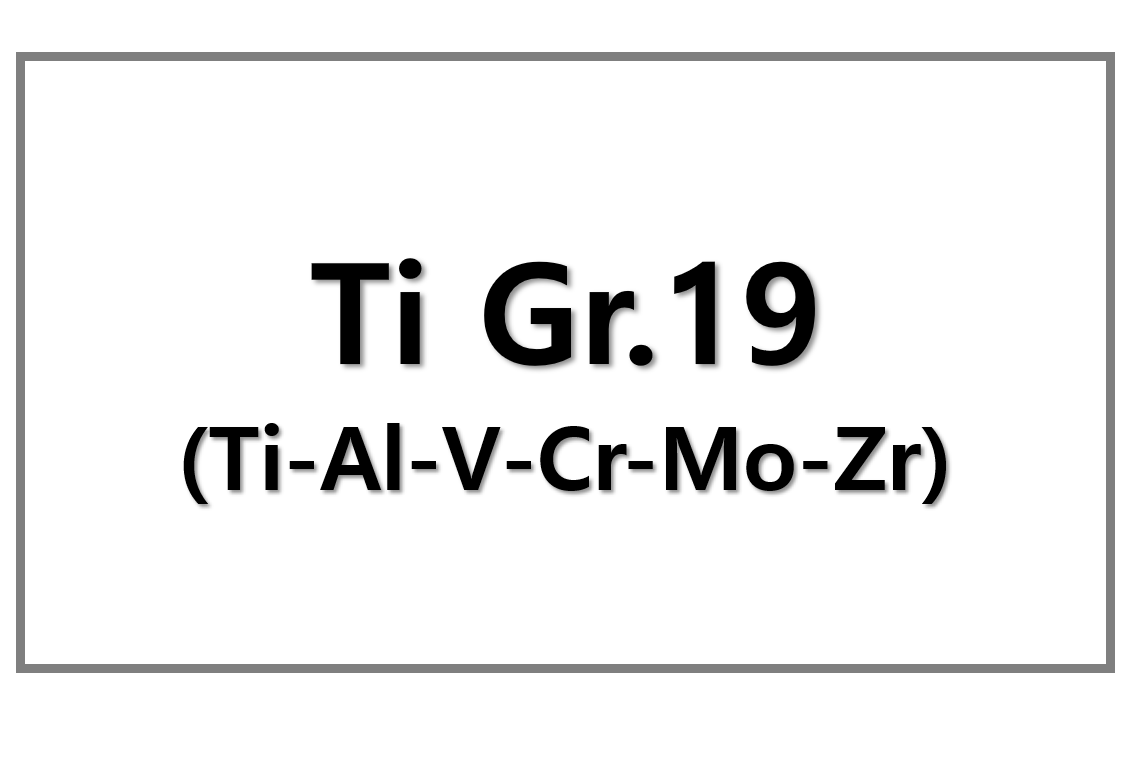
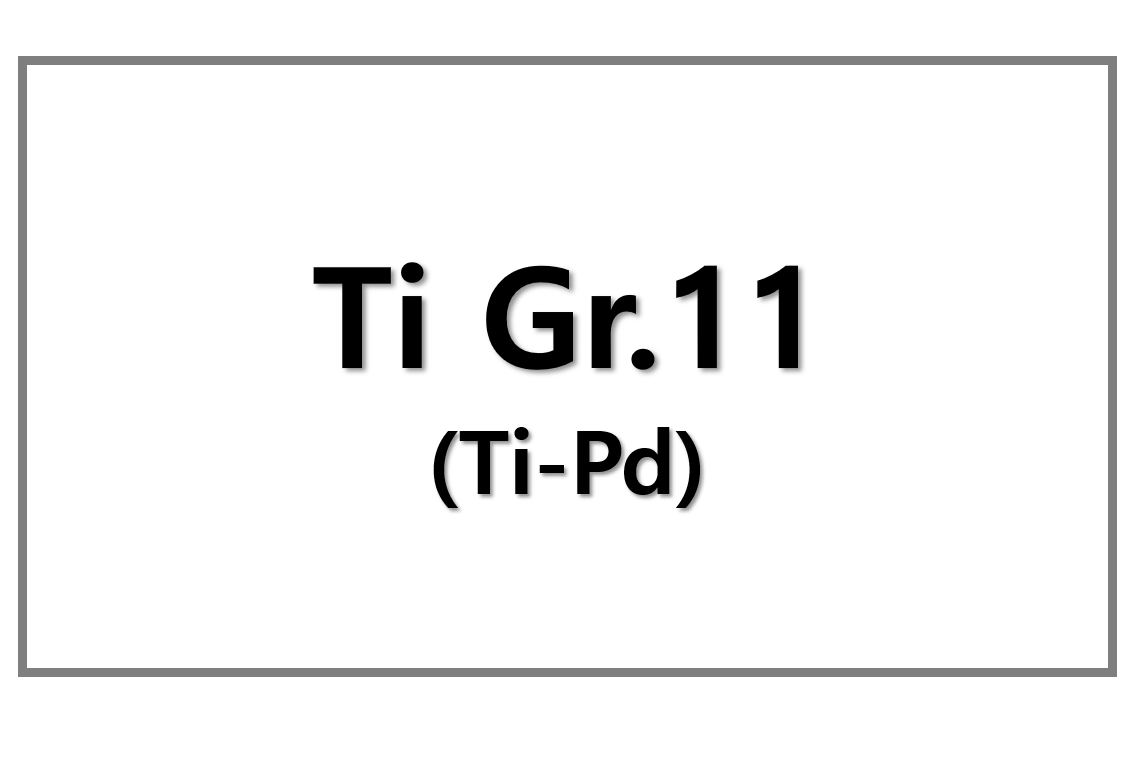
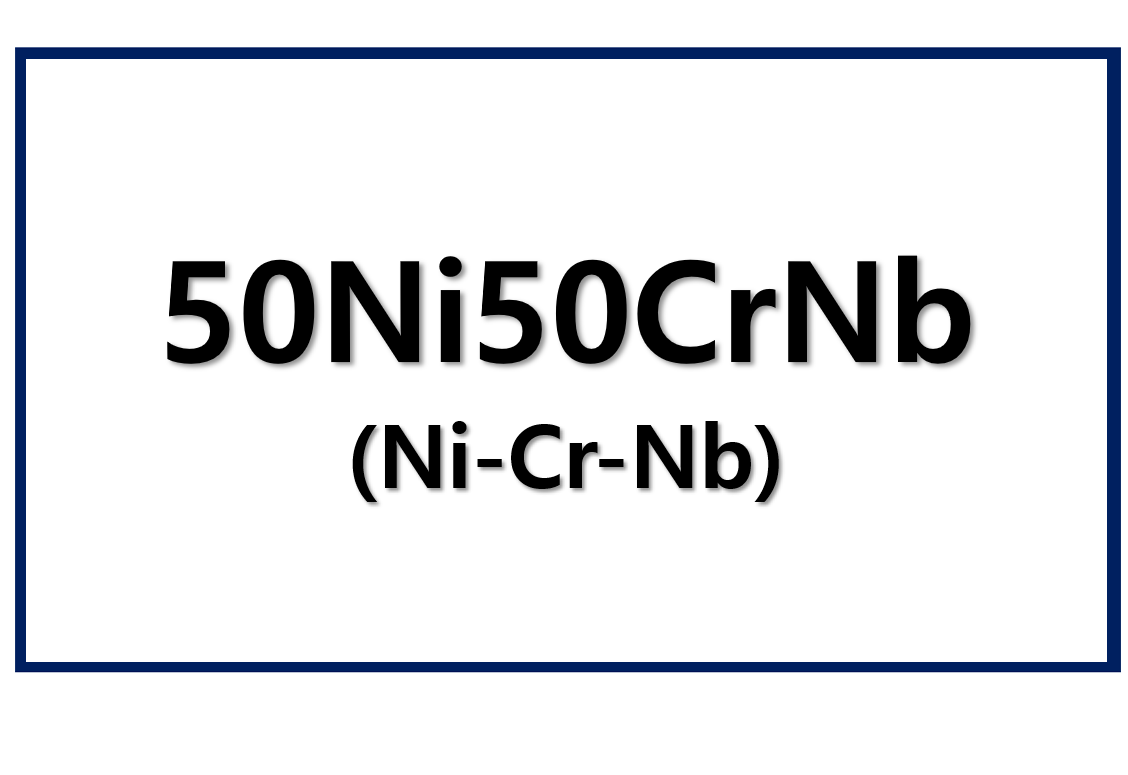
Leave a Reply
You must be logged in to post a comment.